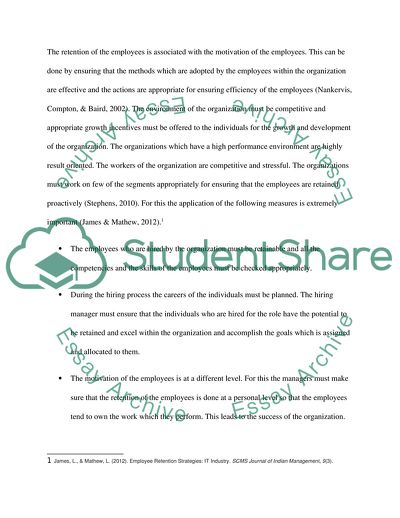Cite this document
(Employee Motivation, Remuneration and Benefits Essay Example | Topics and Well Written Essays - 2500 words, n.d.)
Employee Motivation, Remuneration and Benefits Essay Example | Topics and Well Written Essays - 2500 words. https://studentshare.org/human-resources/1806268-essay-on-employee-motivation-remuneration-benefits
Employee Motivation, Remuneration and Benefits Essay Example | Topics and Well Written Essays - 2500 words. https://studentshare.org/human-resources/1806268-essay-on-employee-motivation-remuneration-benefits
(Employee Motivation, Remuneration and Benefits Essay Example | Topics and Well Written Essays - 2500 Words)
Employee Motivation, Remuneration and Benefits Essay Example | Topics and Well Written Essays - 2500 Words. https://studentshare.org/human-resources/1806268-essay-on-employee-motivation-remuneration-benefits.
Employee Motivation, Remuneration and Benefits Essay Example | Topics and Well Written Essays - 2500 Words. https://studentshare.org/human-resources/1806268-essay-on-employee-motivation-remuneration-benefits.
“Employee Motivation, Remuneration and Benefits Essay Example | Topics and Well Written Essays - 2500 Words”. https://studentshare.org/human-resources/1806268-essay-on-employee-motivation-remuneration-benefits.


